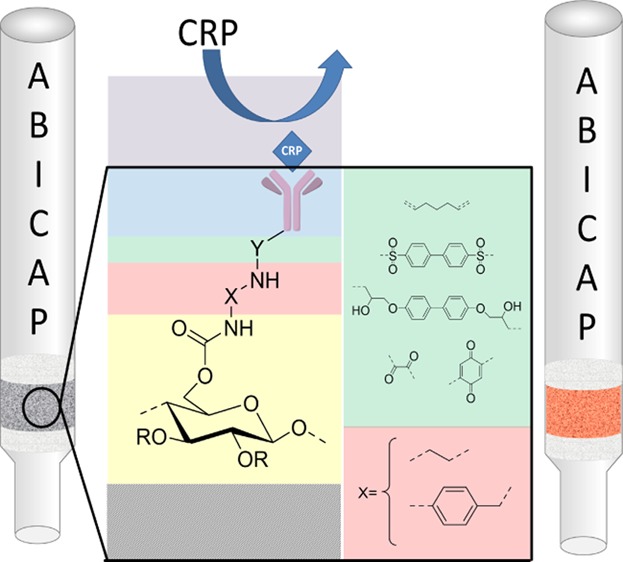Journal list menu
Export Citations
Download PDFs
Cover Picture
Cover Picture: Macromol. Biosci. 11/2014
- Page: 1507
- First Published: 05 November 2014
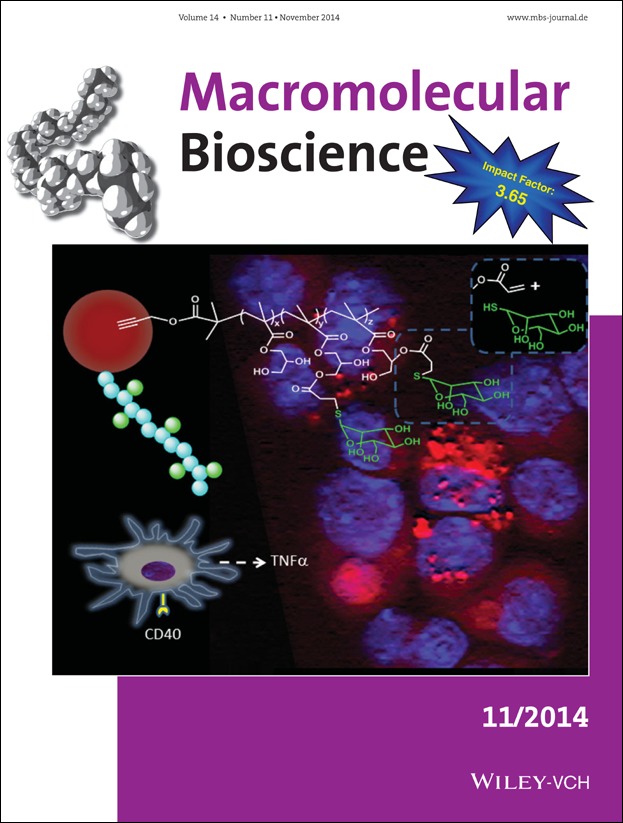
Front Cover: On page 1528 immune active polymers based on Poly(glycerol monomethacrylate) are conjugated with thiomannose through Michael-type addition and linked to traceable moieties by click reaction. F. Cellesi and co-workers show that, depending on the mannose content, these polymers are able to control TNFα release and CD40 expression in murine dendritic cells.
Masthead
Contents
Contents: Macromol. Biosci. 11/2014
- Pages: 1509-1513
- First Published: 05 November 2014
Communications
Micropatterning Electrospun Scaffolds to Create Intrinsic Vascular Networks
- Pages: 1514-1520
- First Published: 20 August 2014
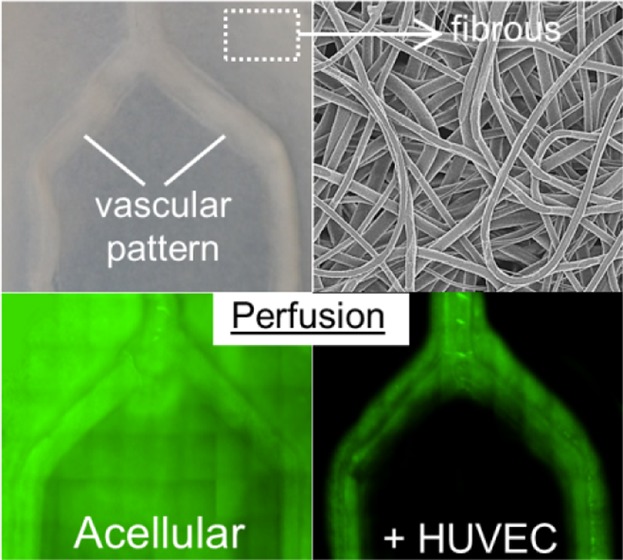
Engineered microvasculature that effectively perfuses the parenchyme and directly integrates with host circulation remains the challenge of organ engineering. Described is a method for patterning microvascular structures in electrospun scaffolds using water-soluble templates produced by fused deposition modeling. The fibrous nature mimicks extracellular matrix and permits nutrient diffusion. Additionally, scaffolds are biodegradable and suturable. In vitro endothelialization demonstrates feasible vascularization.
Nanostructured Gel Scaffolds for Osteogenesis through Biological Assembly of Biopolymers via Specific Nucleobase Pairing
- Pages: 1521-1527
- First Published: 02 September 2014
Full Papers
An Orthogonal Click-Chemistry Approach to Design Poly(glycerol monomethacrylate)-based Nanomaterials for Controlled Immunostimulation
- Pages: 1528-1538
- First Published: 18 August 2014
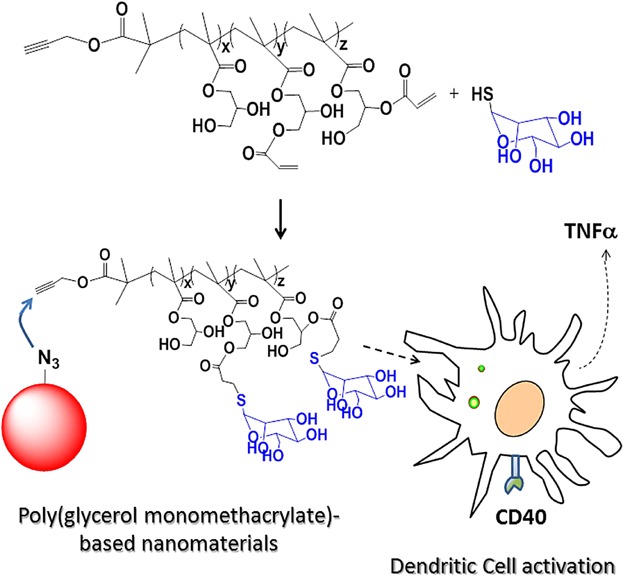
Immune active polymers based on poly(glycerol monomethacrylate) (PGMMA) are presented. Propargyl-terminated PGMMAs, modified with dangling acrylate groups, are conjugated with thiomannose through Michael-type addition. Orthogonal azide-alkyne cycloaddition can be used to prepare a final traceable nanomaterial. Depending on the mannose content, these polymers can activate dendritic cells, stimulating cytokine (TNFα) and surface activation marker (CD40) expression.
Rapid Flow Through Immunoassay for CRP Determination Based on Polyethylene Filters Modified with ω-Aminocellulose Carbamate
- Pages: 1539-1546
- First Published: 04 August 2014
Stable Biochemically Micro-patterned Hydrogel Layers Control Specific Cell Adhesion and Allow Long Term Cyclic Tensile Strain Experiments
- Pages: 1547-1555
- First Published: 06 August 2014
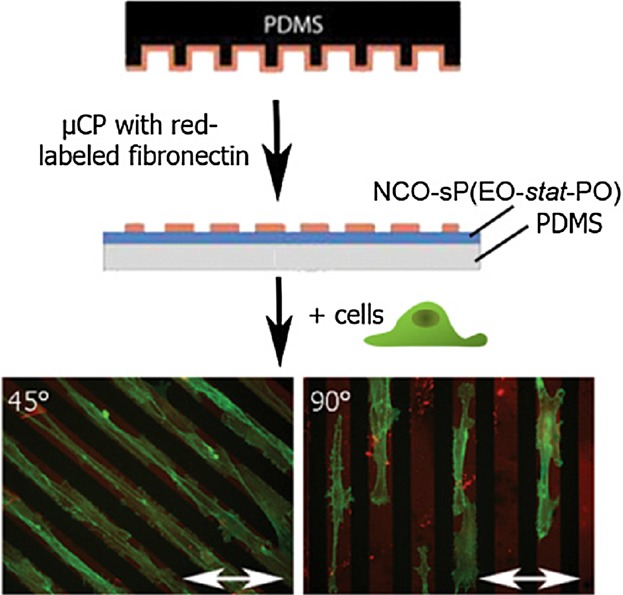
PDMS coated with sP(EO-stat-PO) is patterned with fibronectin by micro-contact printing and used for studies with human dermal fibroblasts exposed to uniaxial cyclic tensile strain (CTS). The coating has long term specific protein and cell anti- and pro-adhesive properties. The cells align along the fibronectin lines and orient accordingly their actin fibers independently of the direction of CTS application.
A Novel Crosslinked Hyaluronic Acid Nanogel for Drug Delivery
- Pages: 1556-1568
- First Published: 04 August 2014
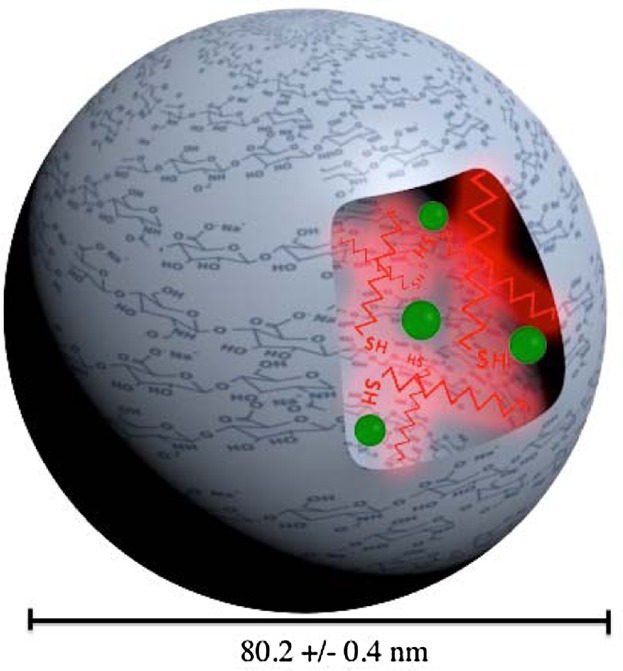
A simple two-step method is developed for the synthesis of a redox sensitive hyaluronic acid nanogel. Hyaluronic acid is chemically grafted with a thiolated alkyl chain that allows the reticulation of the self assembled nanogel by dissulfide bond. The nanogel presents high stability and drug loading efficiency.
Telechelic Poly(2-oxazoline)s with a Biocidal and a Polymerizable Terminal as Collagenase Inhibiting Additive for Long-Term Active Antimicrobial Dental Materials
- Pages: 1569-1579
- First Published: 08 August 2014
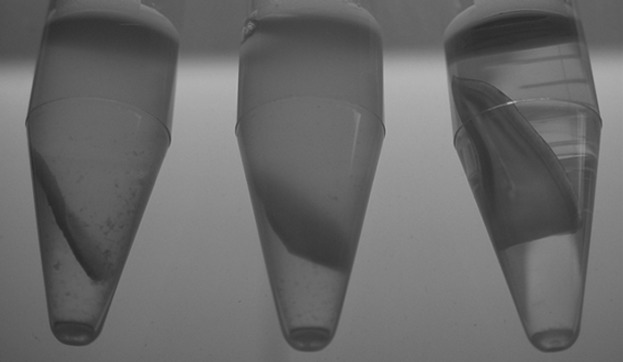
A dental adhesive is rendered antimicrobially contact-active by an additive based on poly(2-methyloxazoline) equipped with a biocidal and a polymerizable end group. The polymeric additive also kills cariogenic bacteria in dentin tubuli and inhibits collagenases, such as human MMP that naturally adhere to dental tissue for preventing dentin degradation below a dental restoration.
Electrospun Honeycomb as Nests for Controlled Osteoblast Spatial Organization
- Pages: 1580-1589
- First Published: 19 August 2014

PCL and PLA nanofibrous scaffolds with honeycomb micro-patterns are prepared by electrospinning. It is shown that the relief of the scaffolds depends on the distribution of fiber diameters. Mimicking hemi-osteons, cell gathering is observed inside the PCL honeycomb fibrous nests with a characteristic size greater than 80 μm.
Monodisperse Carboxyl-Functionalized Poly(Ethylene Glycol)-Coated Magnetic Poly(Glycidyl Methacrylate) Microspheres: Application to the Immunocapture of β-Amyloid Peptides
- Pages: 1590-1599
- First Published: 21 August 2014

Monodisperse magnetic poly(glycidyl methacrylate) microspheres coated with α-amino-ω-methoxy-PEG5000/α-amino-ω-Boc-NH-PEG5000 substantially reduced non-specific protein adsorption. Anti-Aβ 6E10-immobilized microspheres specifically capture β-amyloid peptide (Aβ) from model solutions. Identification and evaluation of small changes in Aβ levels in cerebrospinal fluid is of crucial importance for early detection of Alzheimer's disease.
Functional Brush-Decorated Poly(globalide) Films by ARGET-ATRP for Bioconjugation
- Pages: 1600-1608
- First Published: 21 August 2014

Poly(acrylic) acid brushes are grafted from polyester films obtained from the unsaturated macrolactone globalide by ARGET ATRP of tert.-butyl acrylate. After mild in situ deprotection high-density acrylic acid functional films are obtained while avoiding polyester hydrolysis. The conjugation with green fluorescent protein (GFP) and an enzyme is successfully carried out retaining the enzymatic activity.
Boronic Acid Shell-Crosslinked Dextran-b-PLA Micelles for Acid-Responsive Drug Delivery
- Pages: 1609-1618
- First Published: 21 August 2014
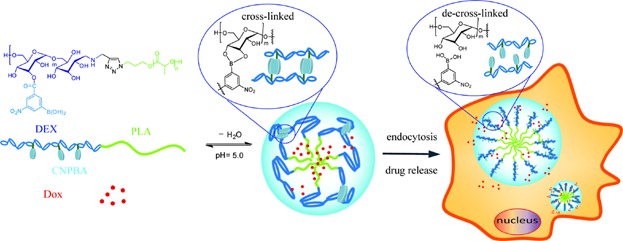
3-carboxy-5-nitrophenylboronic acid (CNPBA) shell-crosslinked micelles based on amphiphilic dextran-block-polylactide (Dex-b-PLA) are prepared and used for efficient intracellular drug delivery. The pH-responsive biodegradable CNPBA-Dex-b-PLA can efficiently load and deliver DOX into tumor cells and enhance the inhibition of cellular proliferation in vitro, providing a favorable platform as a drug delivery system for cancer therapy.
Synthesis of Homopolypeptides by Aminolysis Mediated by Proteases Encapsulated in Silica Nanospheres
- Pages: 1619-1626
- First Published: 25 August 2014
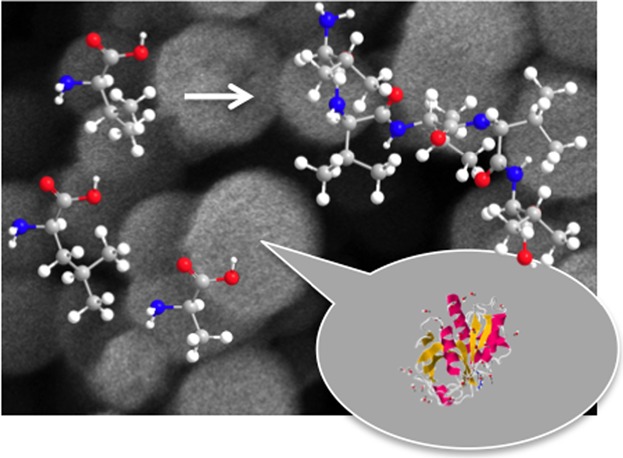
The encapsulation of three different proteases (bromelain, papain, and trypsin) in bioinspired silica enhances their thermal stability for both hydrolysis and aminolysis reactions. The enhanced thermal activity resulted in increased production of poly-L-leucine, poly-L-alanine, and poly-L-valine by protease-mediated aminolysis at 50 °C.
Stabilization of Gelatin Nanoparticles Without Crosslinking
- Pages: 1627-1638
- First Published: 26 August 2014
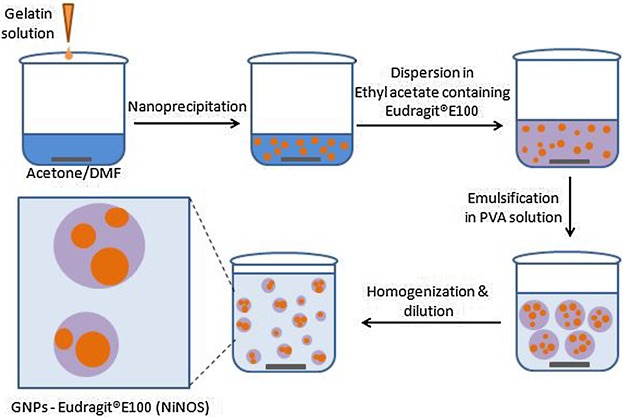
Crosslinking free preparation of gelatin nanoparticles is described, offering a flexible drug carrier system for hydrophilic materials. The structural integrity of gelatin nanoparticles is kept intact by coating them with Eudragit E 100 forming hybrid nanospheres. For preparation, a hybrid technique of nanoprecipitation-emulsion solvent evaporation is employed.
Novel Poly(Ethylene Oxide)-b-Poly(Propylene Oxide) Copolymer-Glucose Conjugate by the Microwave-Assisted Ring Opening of a Sugar Lactone
- Pages: 1639-1651
- First Published: 27 August 2014
Spatiotemporally Programmable Surface Engineered Nanoparticles for Effective Anticancer Drug Delivery
- Pages: 1652-1662
- First Published: 02 September 2014
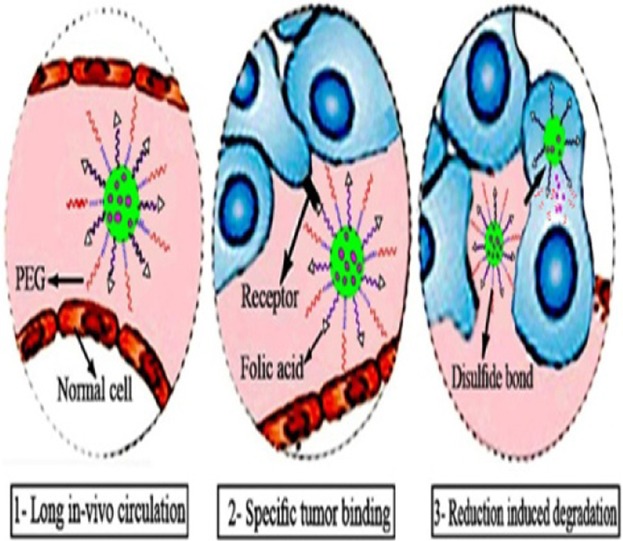
Reducible stealthy hybrid nanoparticles are fabricated. The obtained nanoparticles have a sandwich structure consisting of a long circulating outermost layer, a targeting middle layer, and a hydrophobic innermost core. The outermost layer detaches from the nanoparticles in the tumor tissue. Targeting ligands are used to strengthen the interaction between nanoparticles and tumor cells, and the inner core encapsulates and protects the drug from non-specific interactions.






